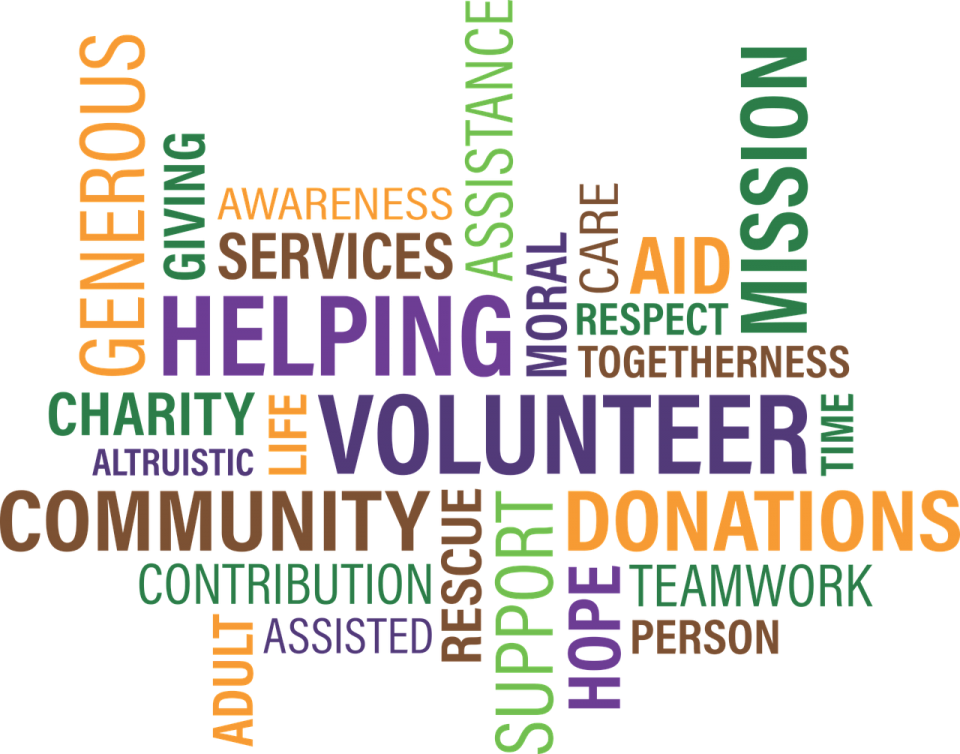Many organizations still do not understand the real value of doing prospect research. What is it? How would one do it? What is the ROI? Today I want to uncover the details on why investing in prospect research can add to the bottom line for your organization.
Prospect research is a technique used by fundraisers, development teams, and nonprofit organizations to learn more about their donors’ personal backgrounds, past giving histories, wealth indicators, and philanthropic motivations to evaluate a prospect’s ability to give (capacity) and warmth (affinity) toward an organization. If you can determine which prospects or donors have the best capacity and affinity to your organization, you can focus on those prospects and increase both the likelihood of and the size of a gift. Prospect research also increases the level of knowledge you have about a prospect enabling you to tailor your communication to that prospect. I.e. is there a particular program the prospect is interested in? Do they typically give around the same time each year? Is their spouse/family also engaged in your organization? The better you understand your prospect the better you are able to serve and steward the relationship.
So how do we do prospect research? There are many ways. First when a development person or senior staff person meets with a donor or prospect they should be trying to get to know the person, their background, family history, career history, why they are interested in the organization, what other organizations they are connected with, etc. Obviously, this needs to be done in a natural and conversational way, but this information can then be captured in a contact report and filed in the prospect/donor record. This information can then be used by a prospect research analyst who can dig further into that information to help flesh out a donor profile. There are both paid and free resources that can be used to help streamline this process. More effort would be placed on prospects and donors that appear to have a larger financial capacity and/or connections to help your organization.
Prospect research can also help stratify the prospects you have and “classify” or “score” them so that you have a better sense of who should get more attention. A relatively simple way of doing that is by creating an RFM model, which stands for Recency, Frequency, and Monetary. Take your database and divide the donors into five groups for each category. For instance, someone who gave in the last three months gets five points, if they gave in the last year the get four points, if they gave in the last two years they get three points, gave in the last five years gets two points, and gave in the last 10 years gets one point. You should make these groups somewhat equal. Do the same for frequency, and monetary, and then sum up the three component scores into a total score. The higher the score the more closely connected and/or wealthy the prospect is and would warrant more attention. These prospects could be assigned to a development staff person for more personalized development depending on the size of the organization.
In summary, prospect research is a valuable tool that can aid your development team in determining which prospects warrant more attention and need to be prioritized. If you would like assistance in developing or deepening your prospect research capabilities, S. Sutton & Associates Inc. would be happy to assist.

 420-737-921-492
420-737-921-492 410-245-0398
410-245-0398 647-969-8866
647-969-8866




 www.SSutton-and-Associates.com
www.SSutton-and-Associates.com